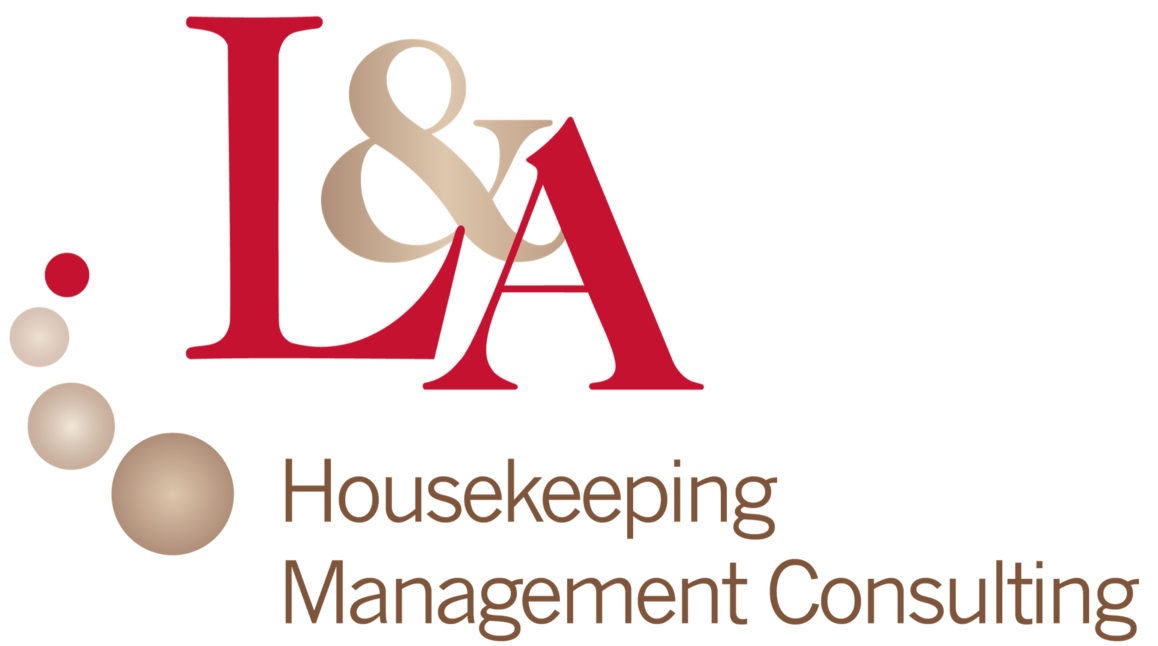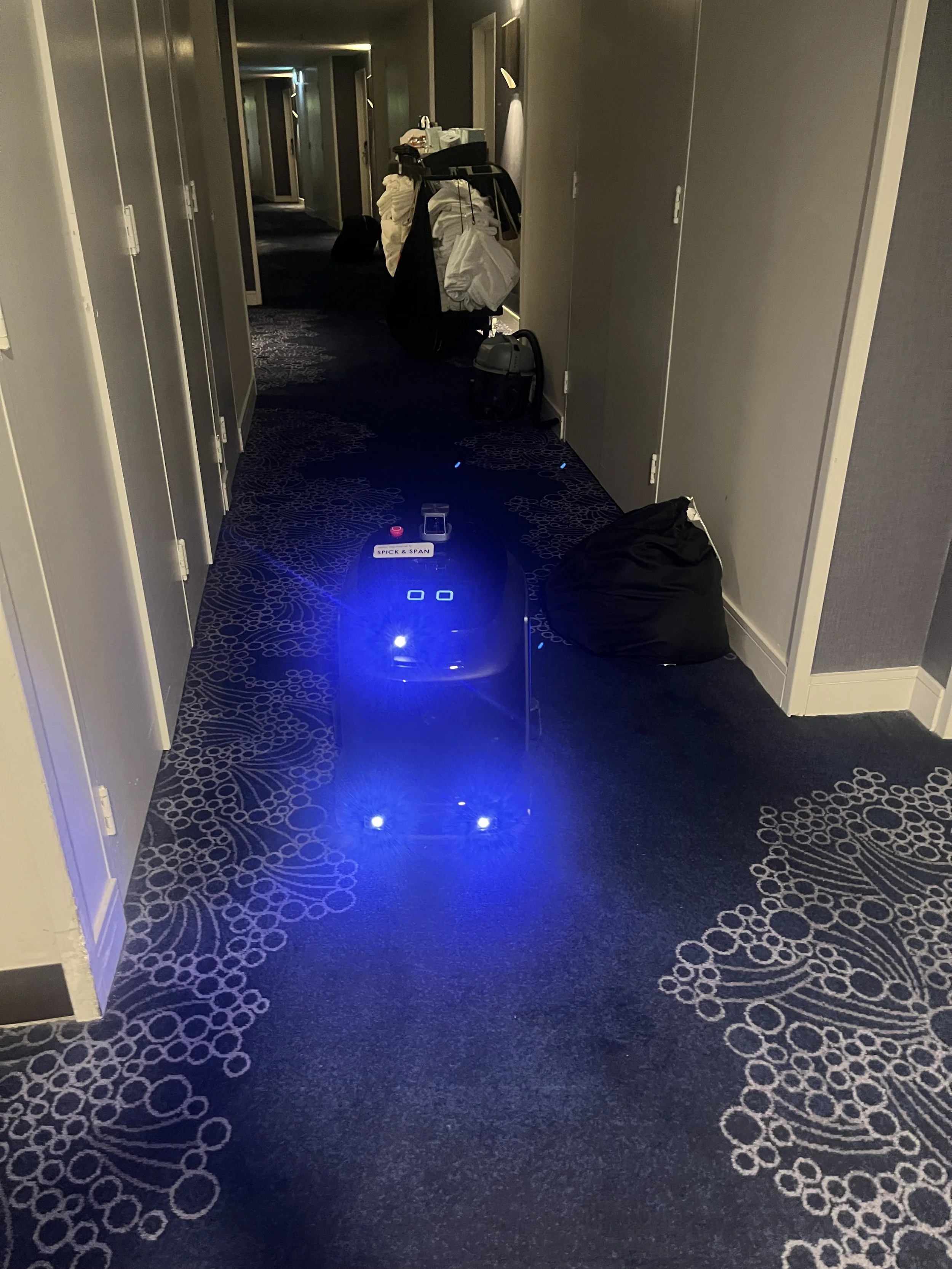From Manual to Mechanical: The Growing Role of Robots in Housekeeping Management
This article was first published in AccomNews Issue 93 October 25
The role of robots in housekeeping operations
Before leaving my role as Director of Services at JW Marriott and The Ritz-Carlton Macao in 2021, I began testing robot vacuum cleaners for corridor carpets. With 30 guest corridors sharing the same footprint, automation seemed logical.
Several Chinese manufacturers were trialled, but the technology then lacked efficiency. Mapping was unreliable, and frequent issues forced us to abandon the experiment.
Fast forward to 2025, and the picture looks very different. Robot cleaners for guestroom corridors are now gaining traction—particularly in Australia.
During a recent visit to a 5-star Hotel in Sydney, I observed how the technology is being applied. The hotel operates two robot vacuums. These robots are mapped to navigate varying corridor layouts across the property’s 14 guest floors, which range from 22 to 83 rooms per floor—creating long, busy corridors.
Currently, it takes one staff member around eight hours to vacuum all 14 floors manually. By contrast, the robots handle 500 square metres per hour, dramatically reducing time and improving efficiency.
Operational realities
While adoption is positive, there are still operational considerations:
Battery life: Robots run for 4+ hours in vacuuming mode and up to 10 to 12 hours in sweeping mode. Recharge takes just 1.5 hours.
Waste collection: Daily manual emptying is still required, though auto-emptying stations are on the horizon.
Edge cleaning: Corners and edges are sometimes missed, needing weekly manual follow-up.
Obstructions: Housekeeping trolleys or clutter can cause robots to skip sections.
Mobility: Moving between floors requires staff assistance unless lift integration (approx. AUS $15,000) is installed.
Security: Without fixed docking stations, there’s a perceived risk of removal, though no robots have been lost in Australia to date.
Multi-functionality: Some models operate in different modes—vacuum, sweep, mop, and scrub—making it versatile across surfaces.
Costs and ROI
The cost is under AUS $2000 per machine, making the investment accessible even for large properties. Hotels typically see ROI in six to eight months, thanks to reduced manual labour and improved efficiency. This low entry cost also allows operators to trial the technology before committing to significant capital expenditure.
The road ahead
Robots are not replacing staff—but they are already delivering real value. They lift cleaning standards, speed up routine work, and free staff to focus on detailing and service, which benefits both employees and guests.
With improvements in mapping, lift integration, and auto-maintenance, the technology is set to play an even greater role. Australia is still in the early stages, but the global trend is clear: robots are becoming part of housekeeping, and adoption here will only accelerate.
Key takeaways
Many robots can vacuum 500m² per hour versus eight hours of manual work for 14 floors.
Battery life: 4+ hours vacuuming, up to 12 hours sweeping, 1.5 hours recharge.
Multi-function modes: vacuum, sweep, mop, scrub.
Cost: under AUS $2000 per machine with ROI in 6 to 8 months.
Robots support staff, delivering cleaner spaces and better guest experiences.



